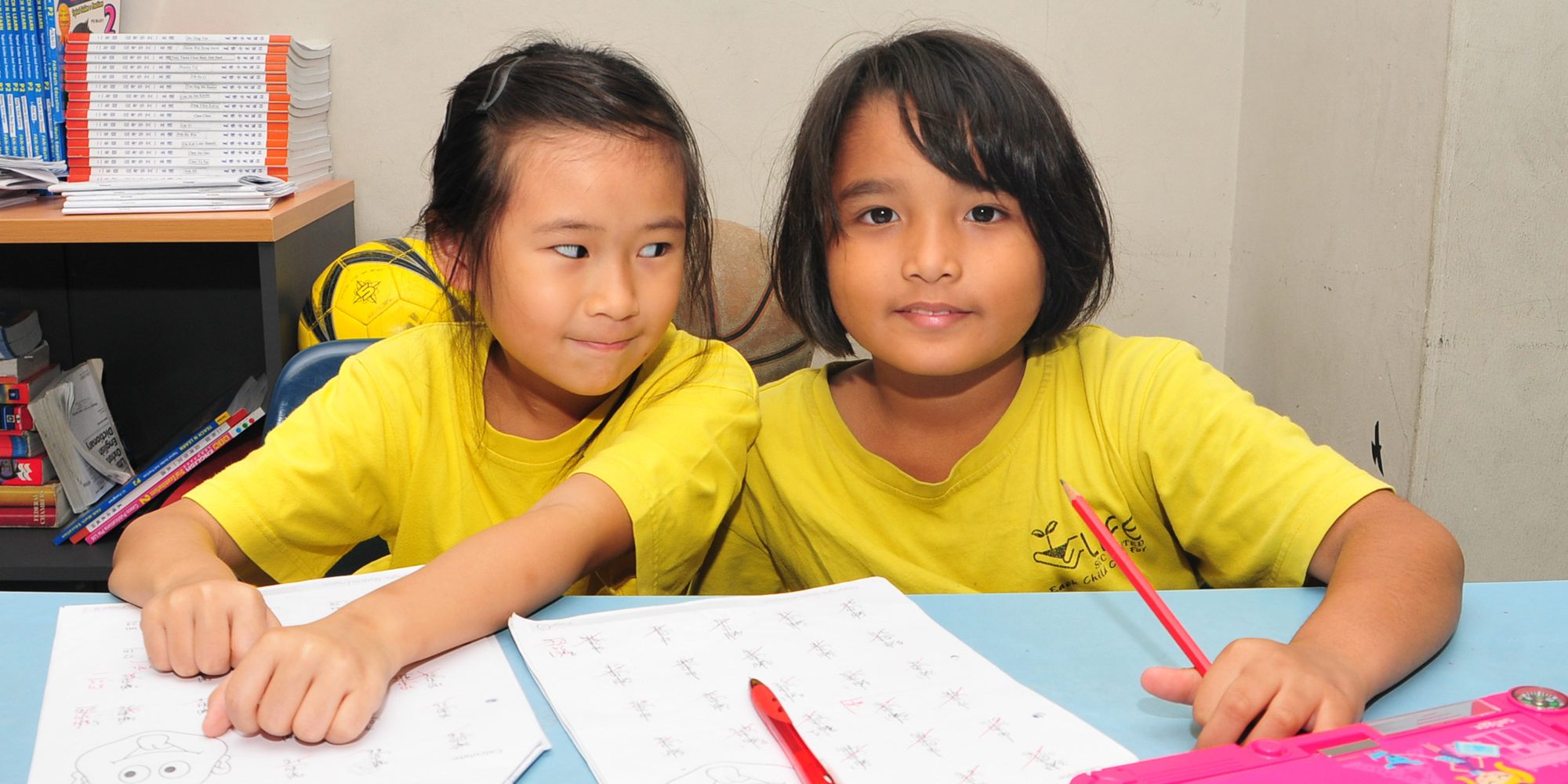by Brisbane Learning Difficulties Tutor Justin Clark
There is a great deal of confusion as to what is dyslexia, this the best definition in my opinion.
Dyslexia is a complex learning difficulty that varies widely from one individual to another. However, all students with dyslexia will experience some difficulties with reading, spelling and writing. Some students may have more difficulty with spelling, while others may find a greater challenge with reading fluency or transferring their ideas onto paper. Each individual is different.
What are the symptoms of Dysgraphia?
Students with dyslexia often make slow progress in their school work. A great deal of effort may only yield small gains and progress may be inconsistent. What the student may learn one day is often forgotten the next, so that forward progress is constantly undermined by the loss of earlier learning. This can undermine a student’s confidence and motivation, along with learning engagement. Reading difficulties are among the most obvious signs of dyslexia along with a lack of automatic work recognition which may lead to reading avoidance.
How common is Dyslexia?
The estimated percentage of students with dyslexia is between 4 and 6 per cent (Hannell, 2004). In a classroom of 30 students, there is likely to be between one to three students with dyslexia. It would be unusual for a class to have no students with dyslexia.
Dyslexia Interventions
Students with dyslexia learn best when they have tasks that build on previous successes and when there is a lot of structure in what they are doing. Students with dyslexia usually need frequent explicit feedback on how they are going, so that areas of success or difficulty can be understood.
Intervention is most effective if it is given early and if it is individualised to meet the student’s unique pattern of difficulties and strengths. Activities need to be specifically targeted to develop the pathways that underpin successful learning. This means that if a student has difficulty in sounding out words, the activities should be developed around the skills required for this task.
In regard to phonic strategies, work from short words to longer words. For example, when teaching the blend ‘st’, use only four-letter words such as stop, step and list. Longer words have additional phonic challenges which can confuse and overwhelm students with dyslexia.
Hope Tutoring led by Justin Clark specialises in tutoring students with learning difficulties. Contact us today if you are looking for a Tutor in Brisbane or someone who can do remote tutoring.

Justin Clark – Experienced Brisbane Learning Difficulties Tutor
References
Block, C. C., Pressley, M. (2002). Comprehension instruction: research based best practices. New York: Guilford Press
Grigorenko, E. L. (2001). Deelopmental dyslexia: An update and genes, brain and environments. Journal of Child Psychology. 42, 91-125
Hannell, G. (2004). Dyslexia: Action Plans for Successful Learning. Minnetonka: Peytral Publications


